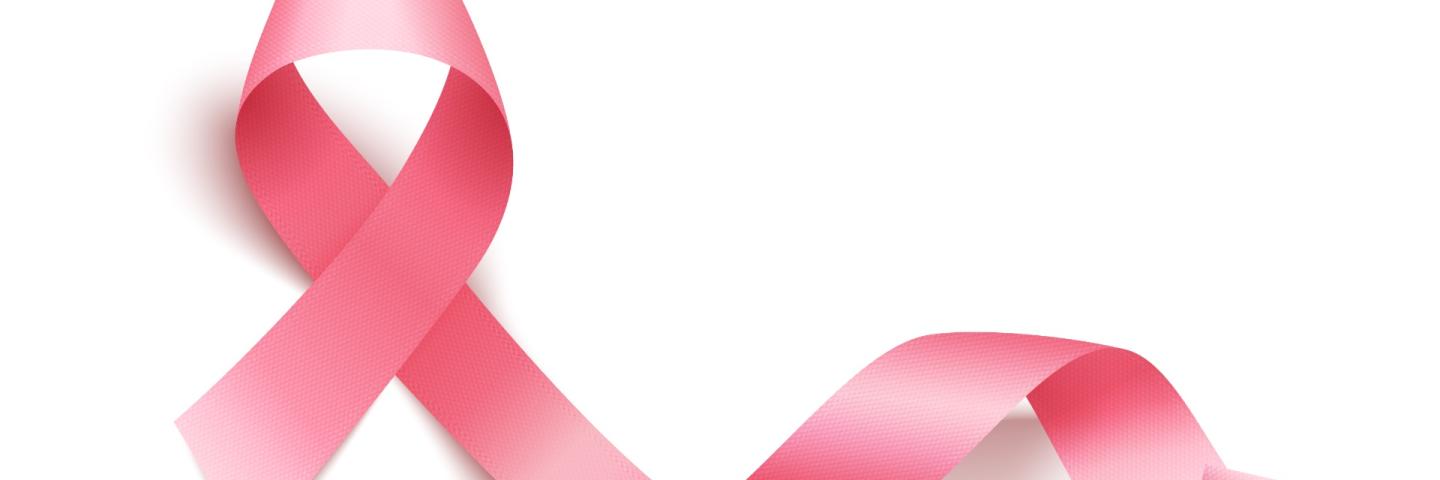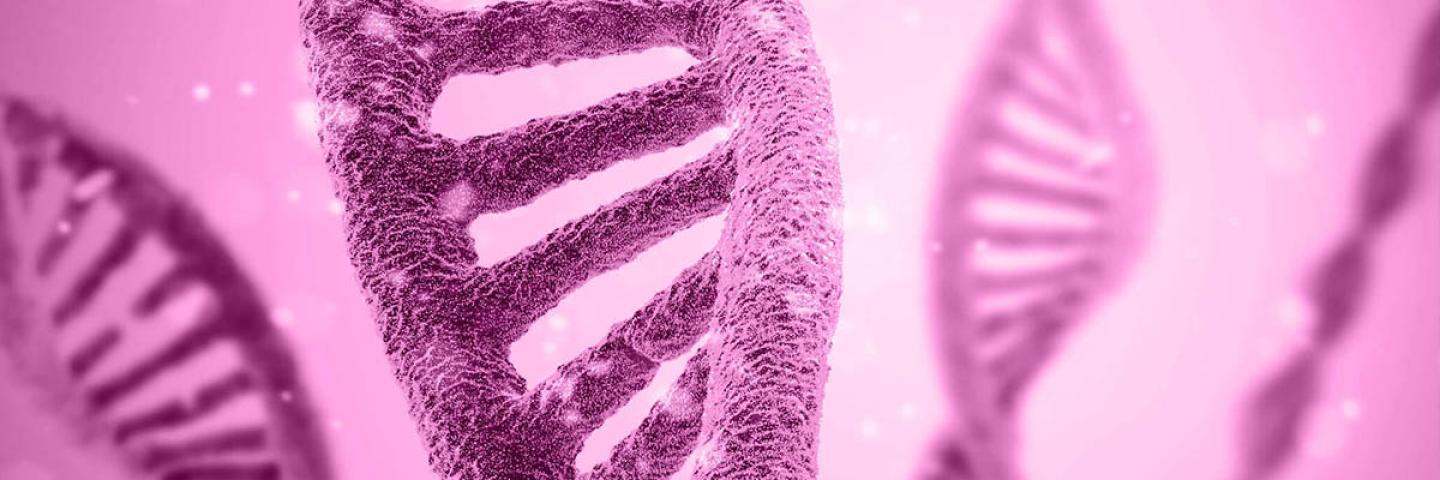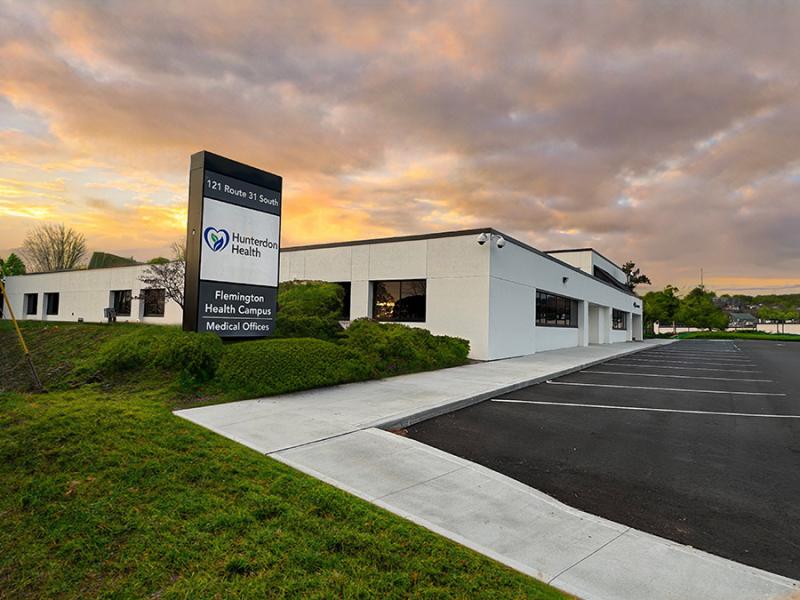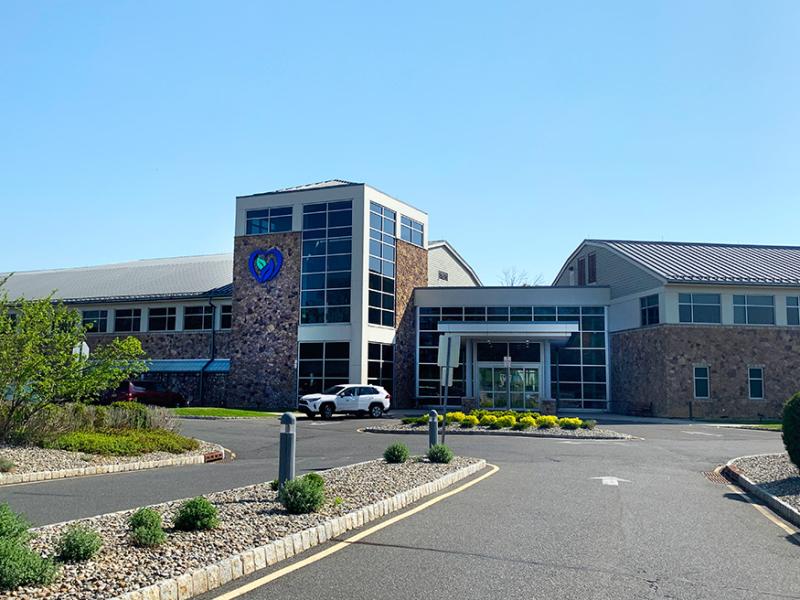
Breast Density
Breast Density
Breasts are made of fat and glands that make milk (glandular tissue), held together by fibrous tissue. The more glands and fibrous tissue compared to fatty tissue that a woman has, the "denser" her breast tissue. Density may decrease with age, but for most women, there is little change over time.
How do I know if I have dense breasts?
Breast density can be determined by the radiologist or computer software and can change year-to-year. There are four categories of mammographic density with categories A and B being "not dense" and categories C and D being "dense".

Why is breast density important?
- dense breast tissue may increase your risk of getting breast cancer
- dense breast tissue can also make it harder for radiologists to see cancer, because dense tissue appears white and suspicious findings also appear white
If I have dense breasts, do I still need a mammogram?
Yes. A mammogram is the only medical imaging screening test proven to reduce breast cancer deaths. Many cancers are seen on mammograms even if you have dense breast tissue.
What should I do if I have dense breasts?
Please talk to your doctor about additional screening examinations (please see the supplemental screening section below).
References:
DenseBreast-Info.org
5 Facts to Know
Risk Factors You Can Control
- Weight: Keep your body weight in a healthy range for your height and frame. Body mass index, though not a perfect measurement, can help you estimate your healthy weight.
- Diet:
- Eat plenty of vegetables and fruit (more than 5 cups a day).
- Try to limit your saturated fat intake to less than 10% of your total calories per day and limit your fat intake to about 30 grams per day.
- Eat foods high in omega-3 fatty acids.
- Avoid trans fats, processed meats, and charred or smoked foods.
- Exercise: Evidence is growing that exercise can reduce breast cancer risk. The American Cancer Society recommends engaging in 45-60 minutes of physical exercise 5 or more days a week.
- Alcohol consumption: Studies have shown that breast cancer risk increases with the amount of alcohol a woman drinks. Alcohol can limit your liver’s ability to control blood levels of the hormone estrogen, which in turn can increase risk.
- Smoking: Smoking is associated with a small increase in breast cancer risk.
- Exposure to estrogen:
- Taking combined hormone replacement therapy (estrogen and progesterone; HRT) for several years or more, or taking estrogen alone for more than 10 years.
- Being overweight.
- Regularly drinking alcohol.
- Recent Oral Contraceptive Use: Using oral contraceptives (birth control pills) appears to slightly increase a woman’s risk for breast cancer, but only for a limited period of time. Women who stopped using oral contraceptives more than 10 years ago do not appear to have any increased breast cancer risk.
- Stress and Anxiety
Risk Factors You Can't Control
- Gender: Being a woman is the most significant risk factor for developing breast cancer. Although men can get breast cancer, women’s breast cells are constantly changing and growing, mainly due to the activity of the female hormones estrogen and progesterone. This activity puts them at much greater risk for breast cancer.
- Age: Simply growing older is the second biggest risk factor for breast cancer. From age 30 to 39, the risk is 1 in 228, or .44%. That jumps to 1 in 29, or just under 3.5%, by the time you are in your 60s.
- Family History of Breast Cancer: If you have a first-degree relative (mother, daughter, sister) who has had breast cancer, or you have multiple relatives affected by breast or ovarian cancer (especially before they turned age 50), you could be at higher risk of getting breast cancer.
- Personal History of Breast Cancer: If you have already been diagnosed with breast cancer, your risk of developing it again, either in the same breast or the other breast, is higher than if you never had the disease.
- Race: White women are slightly more likely to develop breast cancer than are African American women. Asian, Hispanic, and Native American women have a lower risk of developing and dying from breast cancer.
- Radiation Therapy to the Chest: Having radiation therapy to the chest area as a child or young adult, as treatment for another cancer, significantly increases breast cancer risk. The increase in risk seems to be highest if the radiation was given while the breasts were still developing (during the teen years).
- Breast Cellular Changes: Unusual changes in breast cells found during a breast biopsy (removal of suspicious tissue for examination under a microscope) can be a risk factor for developing breast cancer. These changes include overgrowth of cells (called hyperplasia) or abnormal (atypical) appearance.
- Exposure to Estrogen: Because the female hormone estrogen stimulates breast cell growth, exposure to estrogen over long periods of time, without any breaks, can increase the risk of breast cancer. Some of these risk factors are not under your control, such as:
- Starting menstruation (monthly periods) at a young age (before age 12).
- Going through menopause (end of monthly cycles) at a late age (after 55).
- Exposure to estrogens in the environment (such as hormones in meat or pesticides such as DDT, which produce estrogen-like substances when broken down by the body).
- Pregnancy and Breastfeeding: Pregnancy and breastfeeding reduce the overall number of menstrual cycles in a woman’s lifetime, and this appears to reduce future breast cancer risk. Women who have never had a full-term pregnancy, or had their first full-term pregnancy after age 30, have an increased risk of breast cancer. For women who do have children, breastfeeding may slightly lower their breast cancer risk, especially if they continue breastfeeding for 1 1/2 to 2 years. For many women, however, breastfeeding for this long is neither possible nor practical.
- DES Exposure: Women who took a medication called diethylstilbestrol (DES), used to prevent miscarriage from the 1940s through the 1960s, have a slightly increased risk of breast cancer. Women whose mothers took DES during pregnancy may have a higher risk of breast cancer as well.
Talk to your provider regarding your breast cancer risk and whether additional imaging tests can be beneficial.
- Digital Breast Tomosynthesis (3-D Mammography): Creates image "slices" through the breast, reducing the overlap of normal dense tissue. It allows for improved breast cancer detection while helping to reduce the necessity for additional imaging. This is used with all patients undergoing screening mammography at our Hunterdon Imaging Centers.
- Screening Breast Ultrasound: A different way to evaluate breast tissue using sound waves and can be helpful for patients with dense breasts. No radiation is involved. This can lead to additional follow-up and biopsies.
- Breast MRI: A highly sensitive test using intravenous contrast. No radiation is involved. This is used as an additional screening tool for patients at high risk for breast cancer. This can lead to additional follow-up and biopsies.
Family Risk Assessment Program (FRAP)
The Family Risk Assessment Program (FRAP) is designed to assist individuals with a personal or family history of cancer to understand how hereditary factors may contribute to cancer risk and how that risk can be reduced and/or managed.




